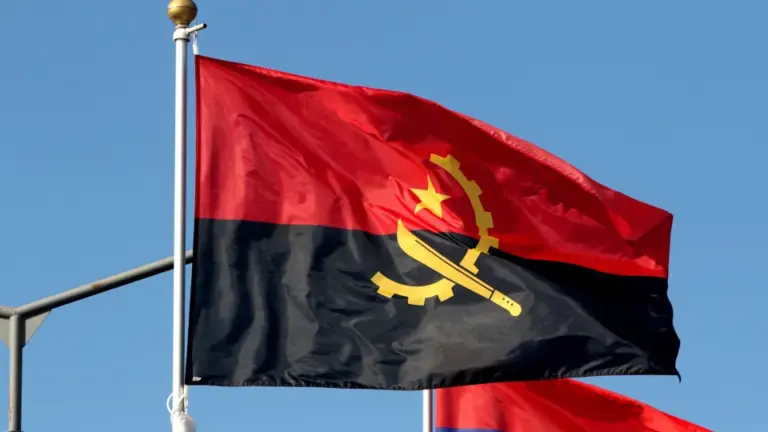The Angolan capital will host the third Summit on Financing for Infrastructure Development in Africa from October 28 to 31, with Angolan authorities aiming to mobilize up to $160 billion (137 billion euros).
According to Mário Rui Pires, former Secretary of State for Public Investment of Angola, this summit, which also marks the celebrations of Angola’s 50 years of independence, presents an opportunity for countries to submit proposals to secure funding for their infrastructure projects.
“Countries must have the capability to submit proposals that fit into two financing models: country financing and financing with the possibility of private sector involvement, commonly referred to as public-private partnerships,” he stated.
The consultant highlighted that funding entities are currently focused on self-sustainable projects—those that generate revenue to meet financing terms and interest agreements with respective partners—calling it the “most critical point” within the African context, particularly in Angola.
“The initial challenge is notably evident in Angola, as there’s significant difficulty in preliminary project preparation that truly demonstrates project sustainability,” he emphasized.
The primary challenge in infrastructure financing on the continent, he reiterated, is identifying feasible and economically sustainable projects.
Citing Angola’s proposed highway connecting the northern and southern regions—from Soyo/Dante to the southern Clara border (Cunene)—as a classic example, he noted Angola lacks sufficient traffic for such infrastructure.
“Currently, our issues with national roads are twofold: the state of road quality, largely maintenance-related, and the additional issue of national roads running through city centers,” he noted.
He suggested constructing bypasses to divert traffic from urban centers, which would help decrease congestion and travel time.
“Today, a highway does not have economic sustainability,” he said.
Pires urged Angolan and continental authorities to acknowledge that projects must be economically planned to assure funders of their sustainability.
“We must avoid projects demanding state guarantees that, considering our current debt levels, offer little room for maneuver,” he argued.
The Luanda summit, with technical support from the African Union’s Development Agency, aims to mobilize up to $160 billion to address the current financial gap for developing vital projects on the continent, according to Arlindo Rangel, Chairman of Angola’s Private Investment and Export Promotion Agency.
Pires described the financial projections of this summit as “very high,” but pointed out that Africa’s infrastructure investment needs until 2050 are estimated at three trillion dollars.
“$160 billion is just 5% of the value projected until 2050, but it seems rather significant to be captured at this summit, unless countries, whether individually or collectively for multinational projects, come well-prepared. We’ll see what projects will be presented throughout the summit,” he remarked.
The economic development specialist expressed confidence that some “with better organization and experience,” notably Nigeria, Ghana, Senegal, Ivory Coast, Kenya, Ethiopia, South Africa, Egypt, Tunisia, and Morocco, may secure funding at the summit.
“Hosting this summit in Angola is an opportunity for us to see a completely different approach to financing infrastructure, which has been considered a state-exclusive domain thus far,” he concluded.
Over two thousand delegates, including heads of state, ministers, businesspeople, and representatives of financial institutions, are expected to attend the event, according to Angolan authorities.
Infrastructure financing and construction are pivotal focus areas under Angola’s rotating presidency of the African Union, assumed by President João Lourenço on February 15, 2025.
The goal is to mobilize international resources for significant projects in sectors such as transportation, energy, telecommunications, agriculture, health, and education, fostering sustainable development and continental integration.
Images are for reference only.Images and contents gathered automatic from google or 3rd party sources.All rights on the images and contents are with their legal original owners.

